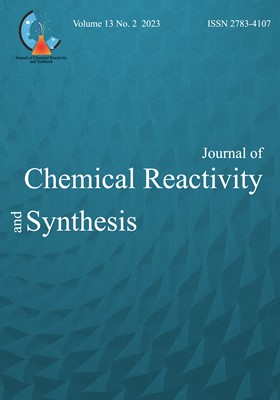Comparison of DPPH and FRAP Assays for Determination of Antioxidant Activity of electro-synthesized Polypyrrole /graphene nanocomposite
محورهای موضوعی : Journal of Chemical Reactivity and Synthesis
nafiseh hajiabdolah
1
,
Mohammad Yousefi
2
![]()
1 - Department of Chemical Engineering, Abadan Branch, Islamic Azad University, Abadan, Iran
2 - Department of Chemical Engineering, Abadan Branch, Islamic Azad University, Abadan, Iran
کلید واژه: Electrosynthesis, DPPH, FRAP, nanocomposite, antioxidant activity,
چکیده مقاله :
This study is in investigated the antioxidant effects of polypyrrole and grapheme nanocomposite on 1,1-diphenyl-2-picrylhydrazyl (DPPH) free radical and Ferric reduction activity potential (FRAP). The electrosynthesis of this nanocomposite on the tip of a graphite pencil by cyclic voltammetry (CV) in the potential range -0.4 to 1.2V at the 5 mL of phosphoric acid (H3PO4), in the presence of potassium chloride (KCl) electrolyte supplements as an inorganic salt and p-Toluene sulfonic acid (pTSA) as an organic salt was performed. Antioxidant capacity was determined using Uv-vis spectroscopy. Also, FT-IR Spectroscopy and scanning electron microscopy (FESEM) were used to study the surface structure and topography of nanocomposite.Polypyrrole-graphene nanocomposite has antioxidant properties and increases the absorption rate at FRAP = λmax596 nm by reducing iron ions and reducing the absorption rate in DPPH = λmax516 nm by the transition of electrons and destroying DPPH free radicals. Also, this nanocomposite in the presence of p-Toluene sulfonic acid has a higher antioxidant capacity than the presence of potassium chloride.


